Olympus OCS-3 Colposcope
Introducing the Olympus OCS-3 Colposcope for sale.
Colposcopy’s many advantages have made it a vital facet of gynecological care. Physicians depend on colposcopes to quickly identify changes in the cervix. The Olympus OCS-3 Colposcope maximizes the benefits of colposcopy by building on a tradition of optical excellence, delivering images of exceptional resolution and brightness.
The unique Olympus 3-objective lens system makes photo-documentation possible without flash. In addition, the Olympus OCS-3 Colposcope incorporates important advances in colposcope utility and performance. Plus, improvements in viewing and lens adjustment mechanisms make the OCS-3 versatile enough to match the individual needs of the operator. All these features are built into a scope that ensures clarity of observation, documentation, and analysis.
Olympus OCS-3 Specifications
- Power input: 230 V
- Frequency: 50 – 60 Hz
- Magnification: 7.9x – 23.5x
- Objective Lenses: f=300
- Tubes/Eyepieces: G 20x
- Green/Cobalt Filter
- Fiber-Optic length: 43-1/3″
- Light Source: Halogen Bulb 160 W | 15 V
- Tripod height adjustment: 36-1/4″ x 44″
- Pantographic arm: 21″
- Base diameter: 24-1/2″
- On casters with breaks
About Colposcopy
Colposcopy is a visual exam of your cervix that your physician will likely perform if you receive an abnormal result from a pap smear. Abnormal results might include the presence of HPV (human papillomavirus), cervical dysplasia (precancerous abnormal cells), cervical cancer, or squamous cells. A pap smear is not enough to diagnose the abnormal cells; it is just a screening to detect them. Therefore, more testing is required to check for or rule out HPV, precancerous lesions, or cancer. The colposcopy is usually the first follow-up exam your physician will perform.
Potential reasons for a colposcopy include:
- Viewing the cervix to determine the cause of abnormal Pap tests. If abnormal tissue is found, a biopsy for this tissue is often ordered.
- Check for sores, warts or other issues found around the vagina or cervix.
- Follow up for abnormalities detected in a previous colposcopy, or to see if a previous treatment has been successful.
- If an HPV test shows a high-risk form of HPV is present, colposcopy can be used to check the cervix for problem areas.
Colposcopies can help diagnose several important diseases or conditions:
- Cancer: Cervical cancer, vaginal cancer and vulvar cancer can all be detected by this test
- Cervicitis: This is a condition involving inflammation of the cervix
- Precancerous changes: These can occur in cervical or vaginal tissue, or in the vulva.

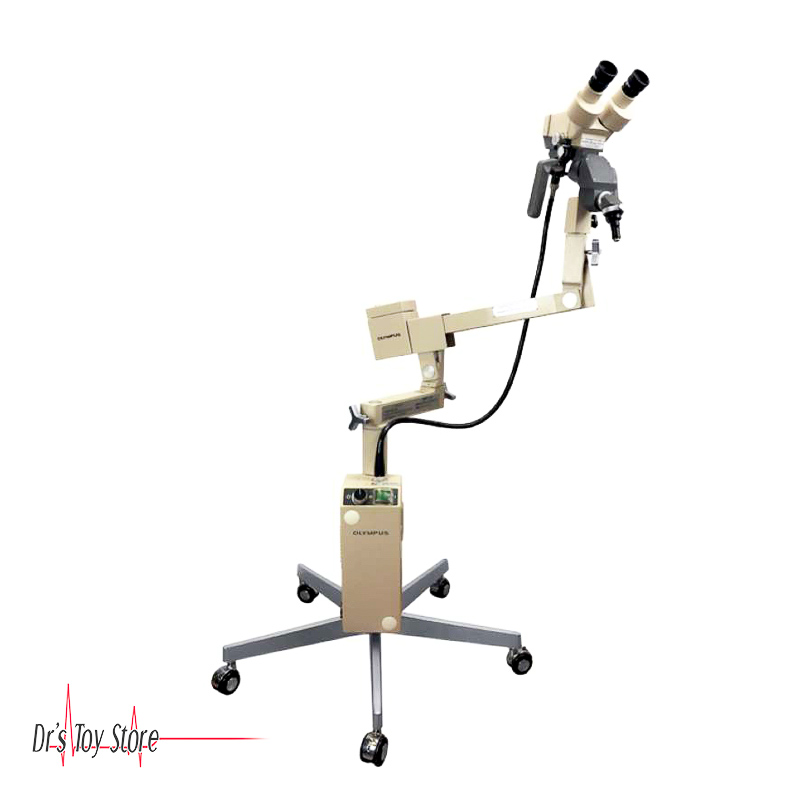
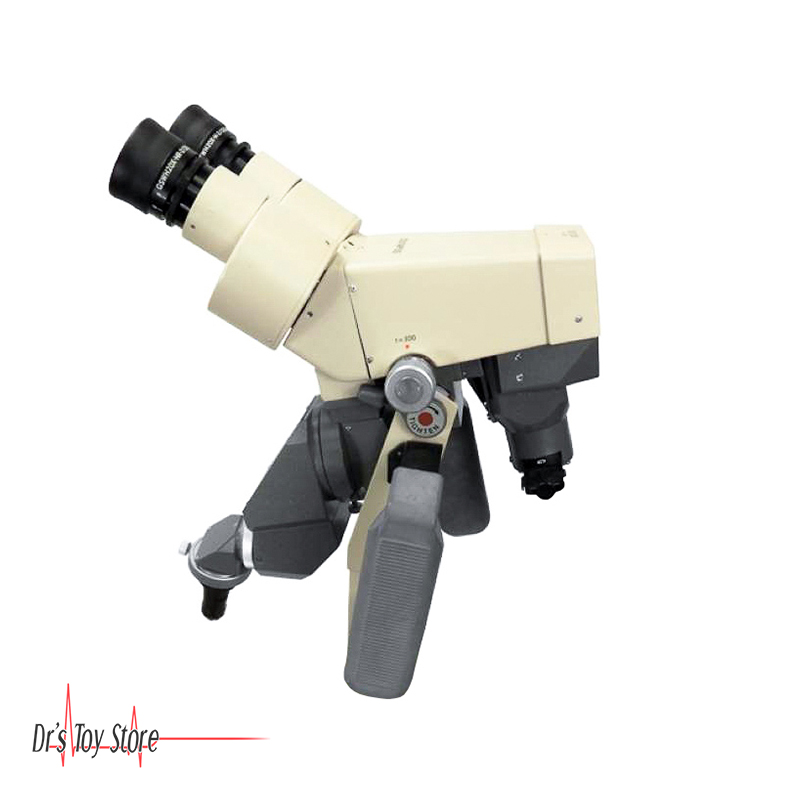
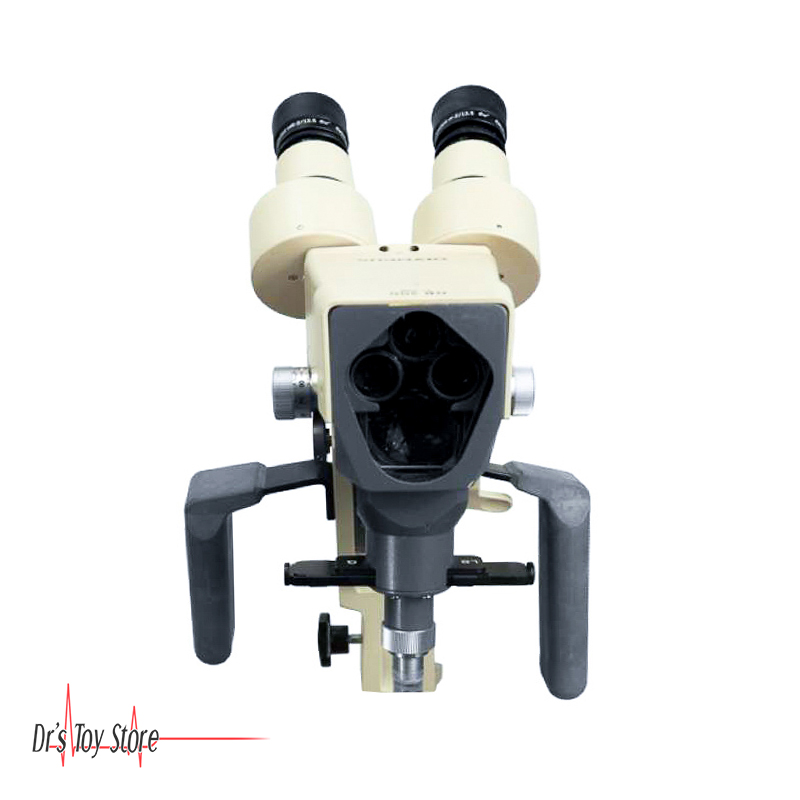
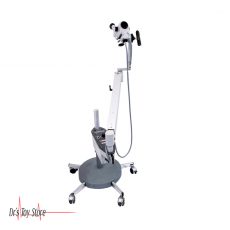


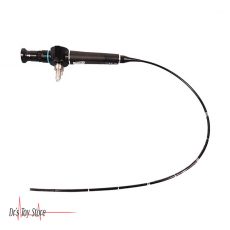

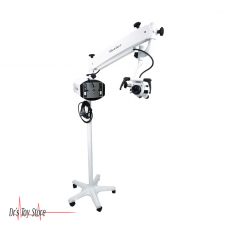
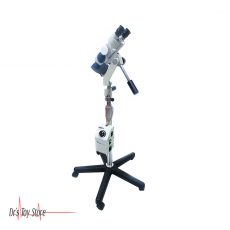



Reviews
There are no reviews yet.